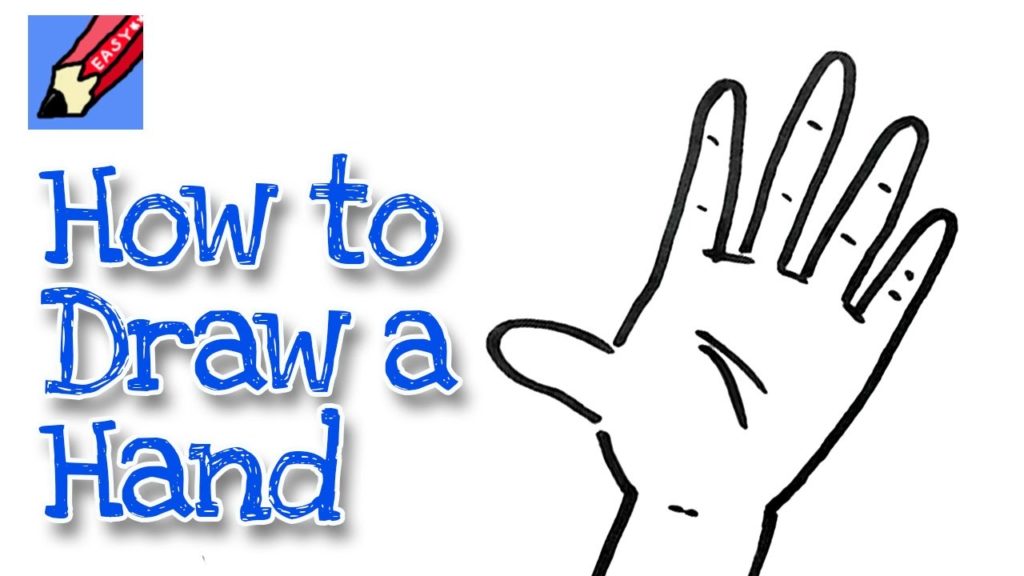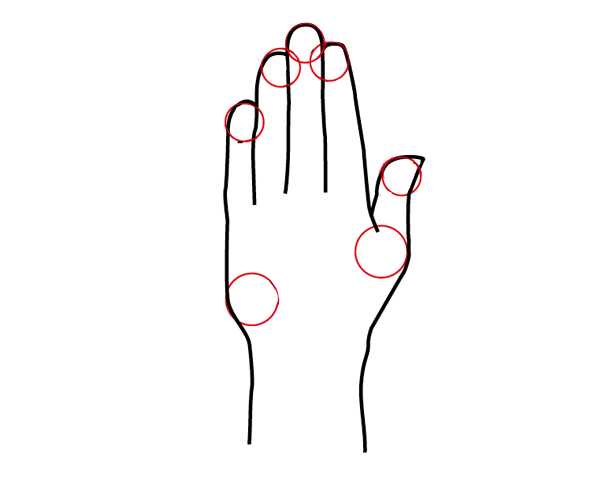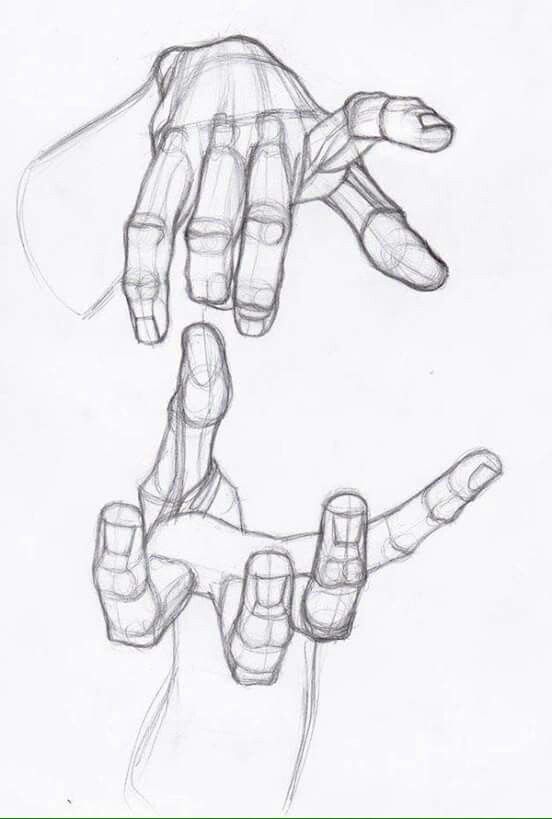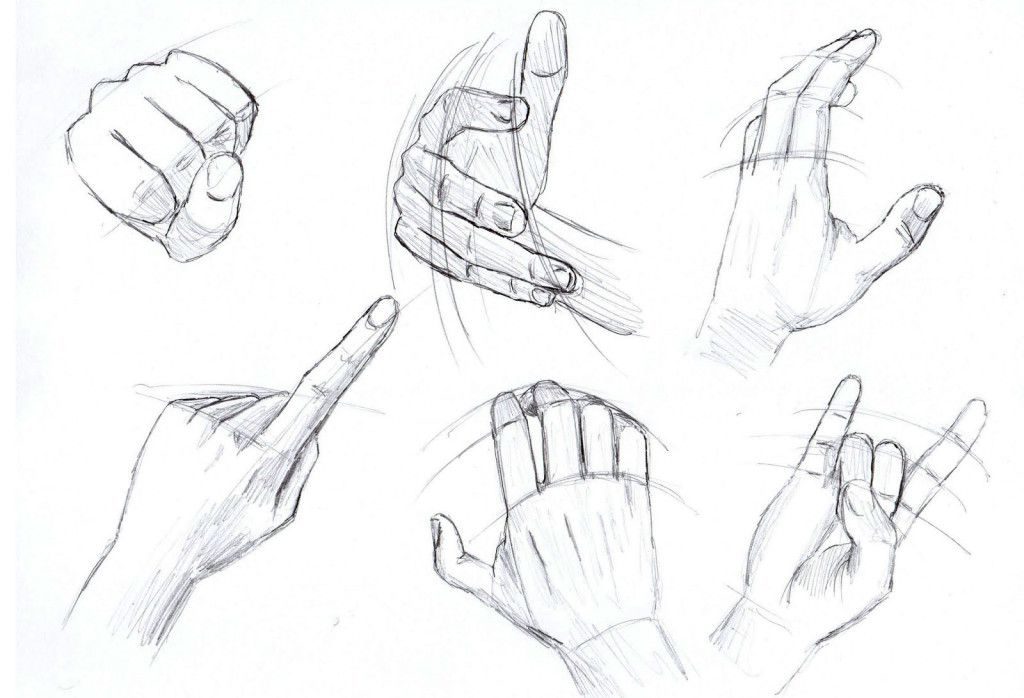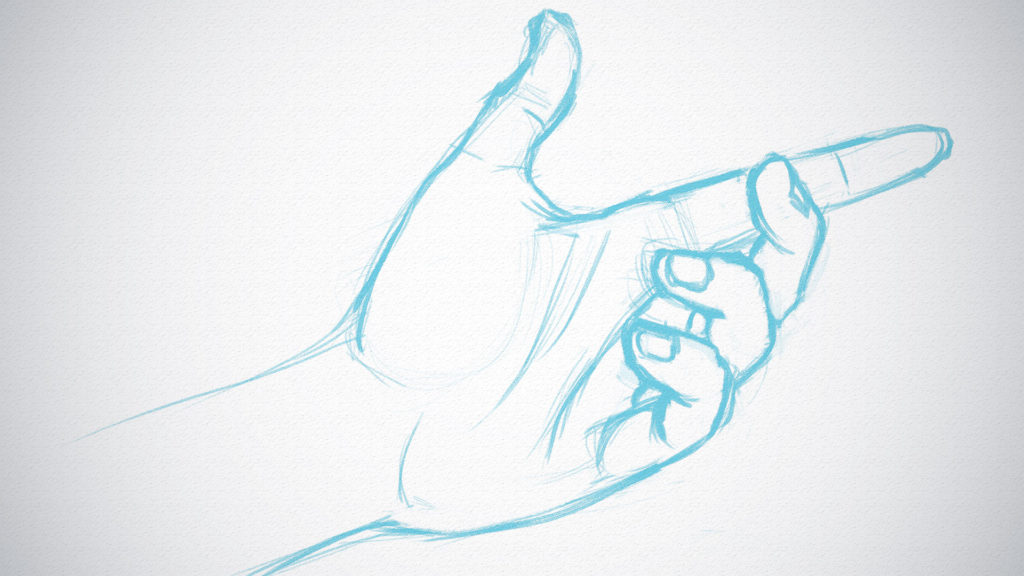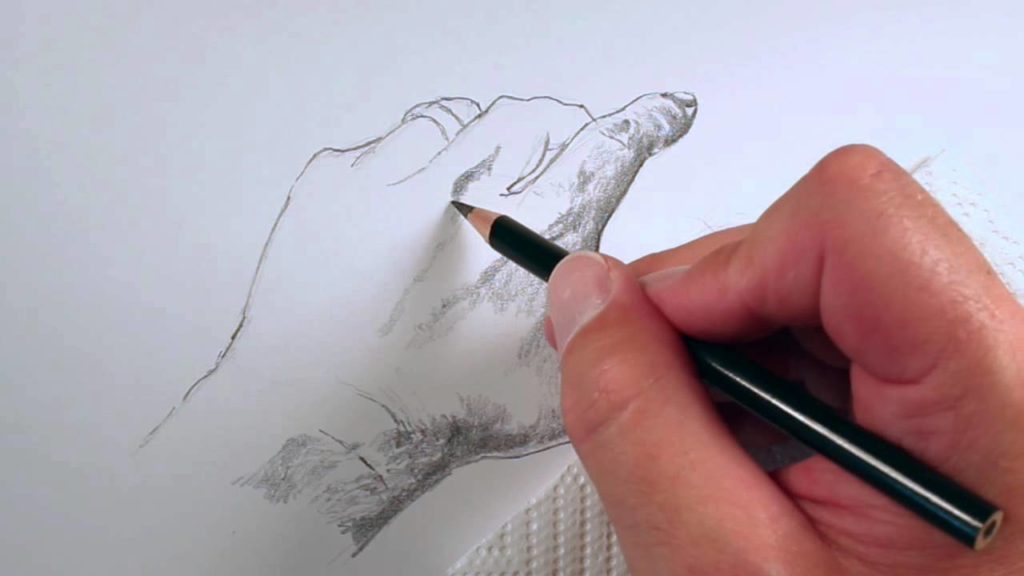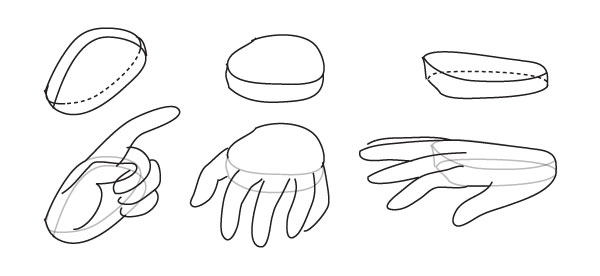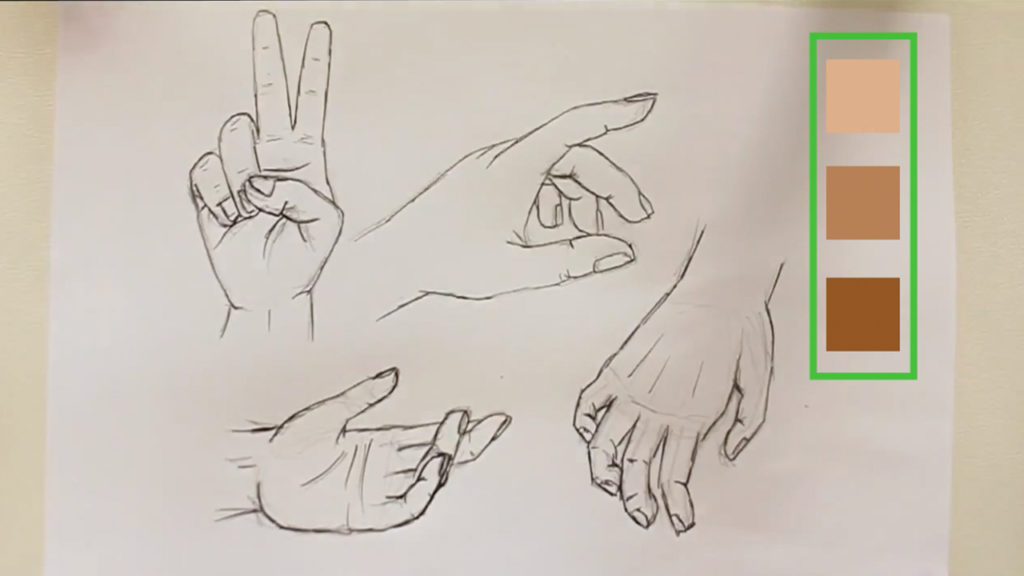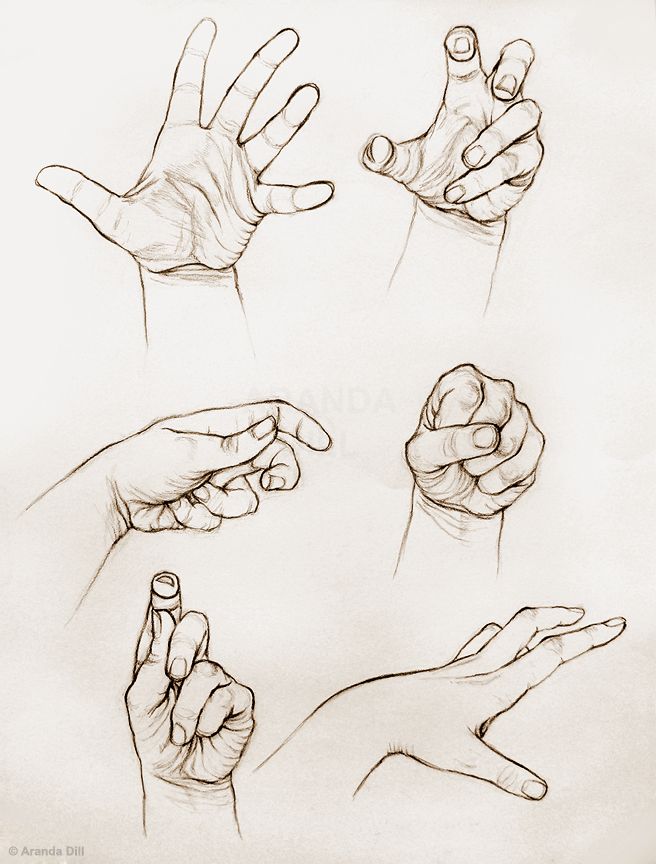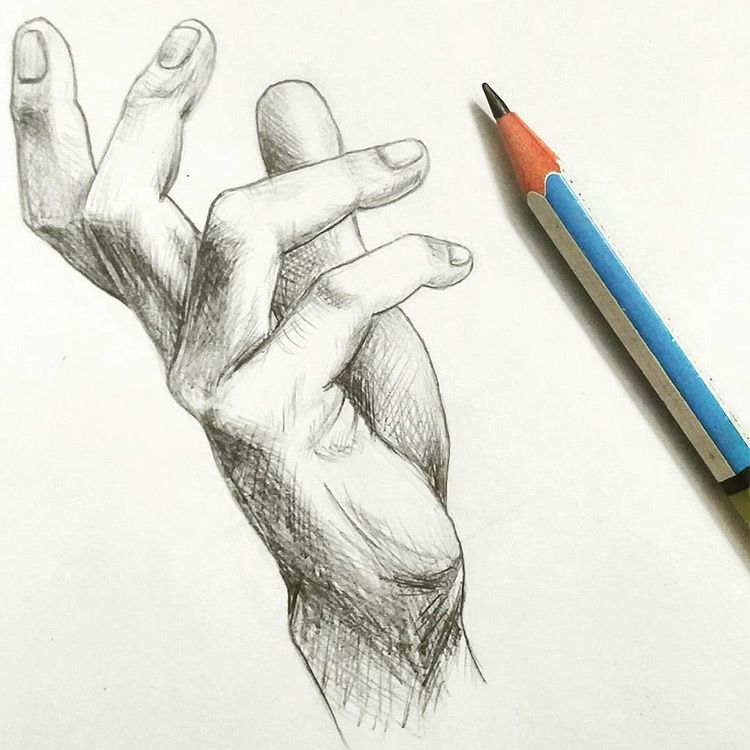Learn How to Draw Hands Fast & Easily
Learn How to Draw Hands Fast & Easily
Drawing hands is one of the most difficult things to learn and it’s what makes the difference between an average artist and a master. The good thing is that you always have a model close by in the form of your own hands. It’s important never to guess how a hand should look.
Even the best artists hold up the hand they’re not using in front of them as a model when they’re drawing hands. Also, you should get a small mirror and use it to see your hand from the front or to turn your left hand into a right hand.
A recurring beginner’s mistake is to make the hands too small. You must check the proportions carefully when you draw. As a guide, place your hand in front of your face. Notice how it goes all the way from the chin to your hairline.
Keep that in mind when drawing hands on or near people’s faces in your drawings.
When starting to learn how to draw hands it’s best to depict a relaxed hand position first. Note how the fingers are not straight when the hand is relaxed. They always bend a bit, the little finger more than the index finger.
First study the proportions of your fingers. Look at your fingers with the palm of hand turned down. You’ll notice that the fingers are roughly half the length of the whole hand. Every finger is divided into three parts of different lengths. The top part (with the nail) is about two-thirds of the middle part, and the middle part is about two-thirds of the bottom part (which end at the knuckles).
Now for some magic! Turn your hand over so you look at it from the palm side. The proportions of the fingers have now changed dramatically! The fingers now look much shorter. If you measure them you’ll see they are much less than half the length of the hand. The reason: the skin between the fingers appears as part of the palm.
Also, notice that three parts of the fingers now are all of the nearly equal lengths. When drawing hands it’s very important to remember this so you don’t fall into the trap of drawing the same fingers regardless of which way you look at them.
The thumb is a completely different story, so don’t draw it as yet another finger. It only has two joints, not three, goes in a different direction and has a completely different form so study it carefully. You should also notice how it bends lightly when fully stretched out.
Drawing more hand positions
The next basic hand position you should try to draw is the fist. Note that the knuckles don’t end up in a straight line and that the index finger and often the middle finger stick out more than the other fingers.
Once you have mastered drawing relaxed hands and fist, start drawing hands that point somewhere or grab something. Finally, you can also try drawing hands that gesticulate.
Practice these positions over and over using your own hand as a model. In just a couple of days, you’ll notice a big improvement in your ability and can start adding more hand positions to your repertoire.
Examples:
